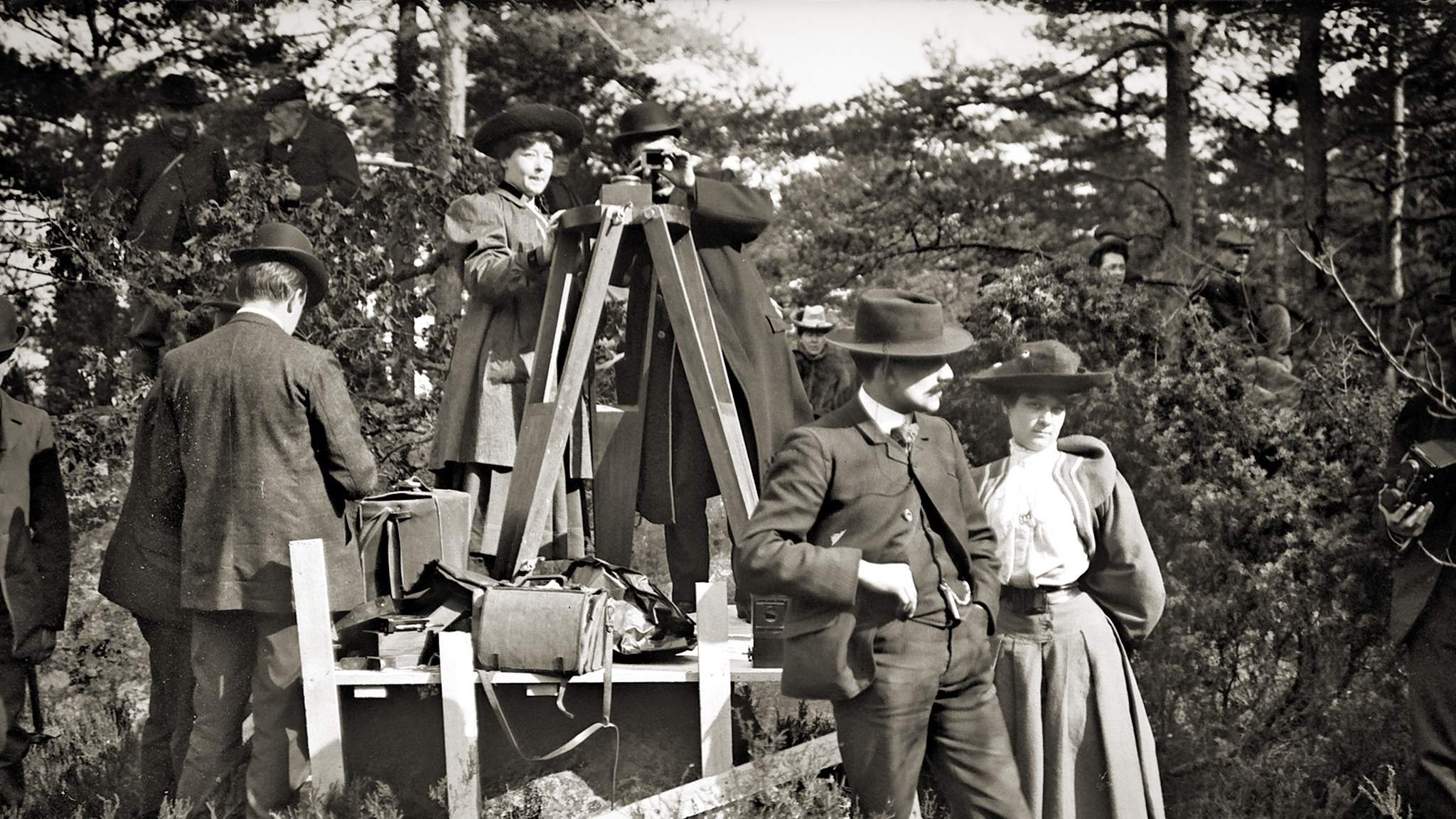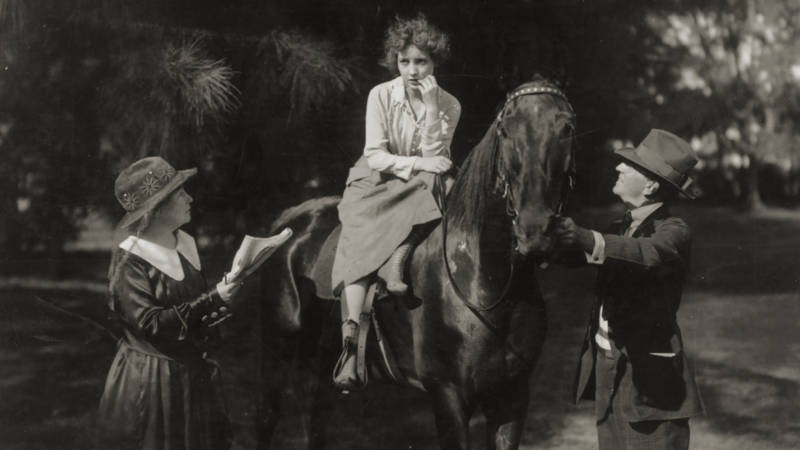When August and Louis Lumière unveiled their (and the world’s) first motion pictures to a private, invitation-only audience in Paris in 1895, Alice Guy was there. The 22-year-old secretary attended with her boss, Léon Gaumont, a mere ten years older and the head of a camera-equipment company (backed in part by engineer and scientist Gustave Eiffel). Over the next year, while handling the firm’s correspondence and her other duties, Guy set about mastering the technology and operation of the newfangled movie cameras.
Envisioning an entire mode of motion pictures beyond “actualities”—the Lumières’ bite-sized portraits of the real world—Guy wrote, produced and directed the first narrative film, The Cabbage Fairy, in 1896. (Talk about your early adopters.) That was just the beginning: Guy made countless movies in the next decade (from a 23-episode depiction of the Christ saga to gender role-reversal comedies) while she devised and ran Gaumont’s film production arm. She oversaw hundreds of films before moving to the U.S. with her English husband and, eventually, founding a studio in Ft. Lee, New Jersey.

The only part of now-married Alice Guy-Blaché’s saga that isn’t astounding is how she was omitted from the early histories of French cinema, which credited The Cabbage Fairy to some actor. She devoted the latter decades of her life (with limited success) to correcting the record and tracking down prints of her films, and penning her memoirs (which were rejected by publisher after publisher).
Now comes Pamela B. Green, an Angeleno whose globe-hopping dedication to restoring Guy-Blaché’s legacy and introducing her work to current generations of U.S. filmmakers (women and men) is palpable in every fascinating frame of Be Natural: The Untold Story of Alice Guy-Blaché. (The title comes from the visionary filmmaker’s primary direction to her actors, a modernist maxim emblazoned on signs posted around the studio.)
The French may not appreciate the irony of a New World filmmaker reviving an Old World icon, but they fumbled their claim years ago. Be Natural is an essential contribution to both film scholarship and the movie-lovers canon, a rapid-fire work that is by turns hugely fun and deeply infuriating, transparently feminist and avowedly non-dogmatic.
Be Natural screens June 25 and 26 at the Smith Rafael Film Center in San Rafael and June 24–26 at the Roxie in San Francisco.


